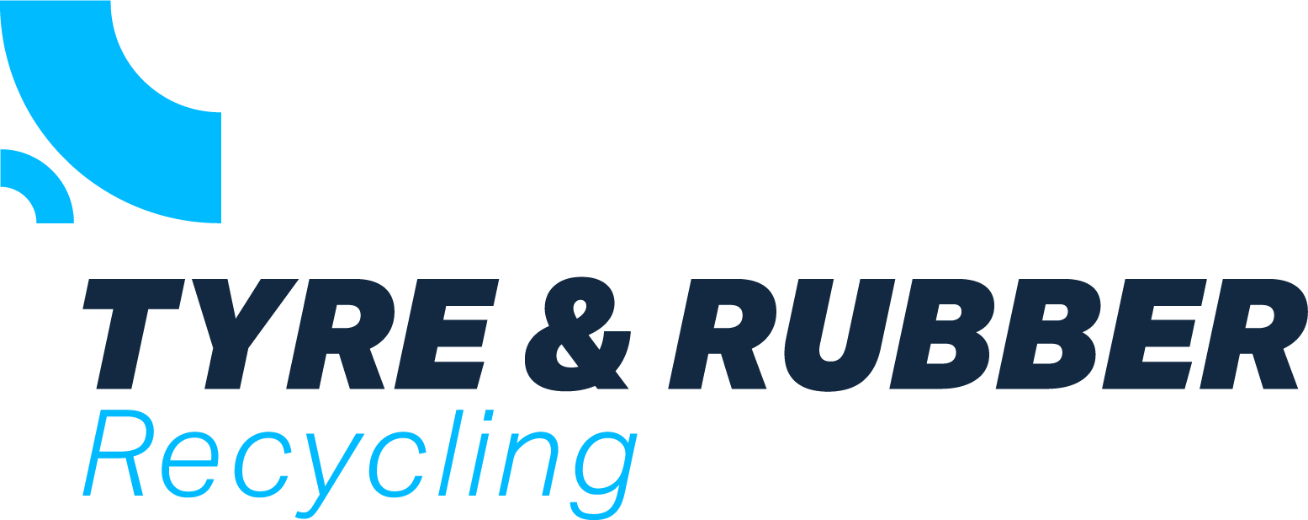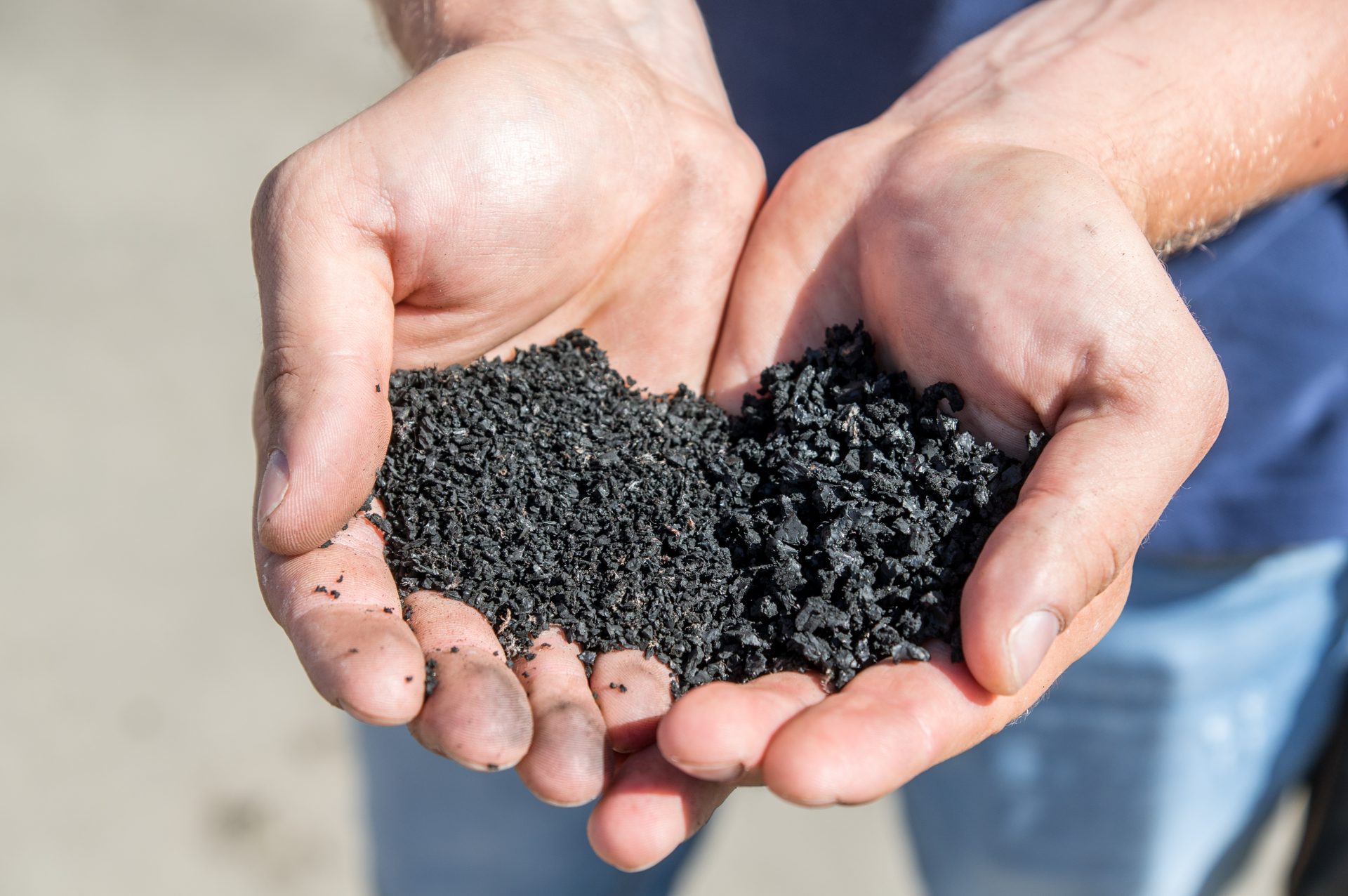Recycled rubber track underlay can slow ballast degradation and keep tracks level under heavy loading, providing rail operators with a low-cost tool to extend the life of their infrastructure, according to a two-year field trial on a live Sydney Trains freight line
Patented by the researchers at University of Technology Sydney (UTS), the technology was tested between 2021 and 2023 on the Chullora freight corridor by a team that included Sydney Trains, Transport for NSW, and industry partners EcoFlex and Bridgestone.
The comparisons of the new system and conventional track sections revealed “significantly less degradation and greater stability” on the places where the rubber was installed, according to the results published in the Canadian Geotechnical Journal.
The research team laid several short sections of rail on which the crushed-stone ballast sat on a bed of tyre-derived “cells” rather than directly on the subgrade. Cast from shredded truck tyres, the cells were filled with waste materials such as spent ballast and coal wash. After that, they were covered by recycled rubber grids made from worn-out mining conveyor belts. Adjacent portions of the same line retained conventional construction so that engineers could monitor both systems under identical traffic.
Sensors were used to track vibration levels, vertical track settlement and the breakdown of ballast particles over the course of two years. The paper called “Effects of Rubber‑Intermixed Ballast on Train Loading Response Through Field Monitoring in Western Sydney” documented a marked reduction in ballast pulverisation and a slower rate of settlement in the rubber-reinforced sections.
Professor Buddhima Indraratna, Director of the UTS Transport Research Centre and the technology’s original inventor, said the underlay “effectively protects the ballast, preventing it from being pulverised and extending the life of the entire track structure.”
Conventional ballast beds allow individual stones to interlock, which helps distribute axle loads. However, decades of cyclic loading crush the sharp edges into fines that clog drainage and weaken support. The tyre-cell layer then acts as a shock absorber and load spreader. With each wheel passing, the elastic rubber compresses slightly, which reduces peak stresses on the stones above and spreads forces over a wider sub-soil area below.
“Additionally, the underlay controls the way the train load is distributed to the deeper, softer, and often wet soil beneath the track, preventing unacceptable soil settlement and weakening of the overlying track,” explained Professor Cholachat Rujikiatkamjorn, a senior member of the UTS team.
This provides operators with fewer tamping cycles, longer ballast life and less time spent closing lines for repair, which are critical gains on high traffic networks such as Sydney Trains.
The consortium has secured an AU$740,000 Australian Research Council Linkage Project grant to test the recycled rubber use in harsher track environments, focusing on bridge approaches, switches, and junctions, where abrupt changes in stiffness generate high impact forces and accelerate ballast wear.




















